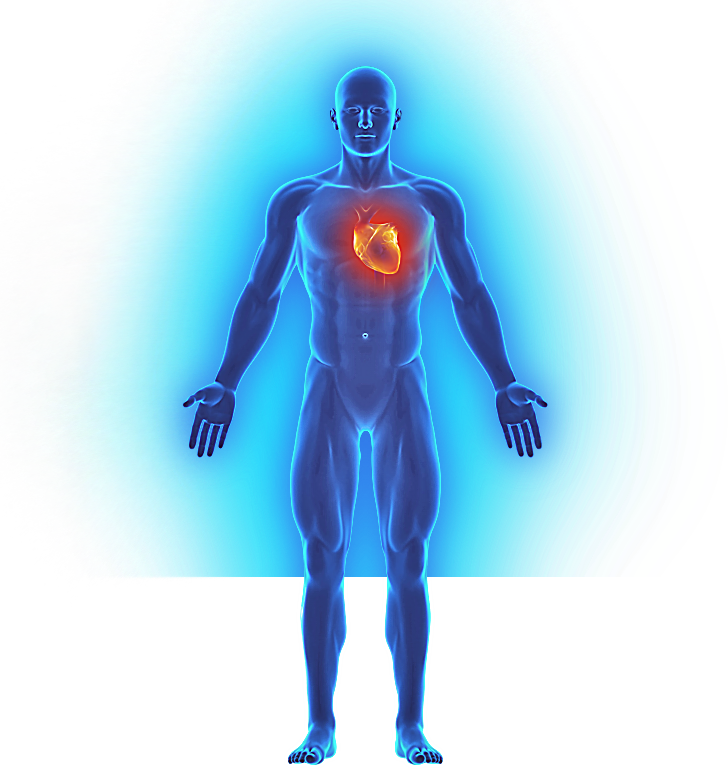According to an EMNID survey, 91% of the population want advances in technical and 89% at the same time promoting of alternative medicine. 84% of Germans are interested in natural remedies, and 61% think that alternative therapies in many cases can be an alternative to traditional medicine. (CO.med 2/14, p.81)
“According to a survey by the Berlin Charité, more than 150 million patients in Europe swear by alternative directions in medicine. In a recent Allensbach survey, 56% of the patients reproached physicians of having too little time for the individual patient. 40% want to be seen and treated more holistically, and 44% say that the soul in the whole thing comes too short. “(Lebens(t)träume 3/15, p.54)
Dr. med. Ralf Oettmeier: “70% of what makes people ill, we are not allowed to medicate. This is in advance, before actual symptoms of illness are there and can be found with conventional medical diagnostic procedures. Only then can we are allowed to begin therapy. And then only the health insurance companies will pay the costs. ”
Prof. Dr. Peter Matthiessen, former Head Physician at the Anthroposophic Community Hospital in Witten-Herdecke, said in an interview that it is estimated that only 10% of medical practice is actually based on sound science. (Der Spiegel 45/1994)
The social costs of illness, cures, and temporary pain relieving measures that are of no lasting benefit are enormous. 50% of people who have undergone surgery and rehabilitation still have the pain afterwards. Pain is a signal, that is, it is to ask, “for what?” With measures of suppression you cannot discover the cause.
Due to the high financial impact of stress-related illnesses, several studies have been carried out in recent years to investigate the economic benefits of preventive measures. According to defensive estimates, the medium to long-term return per euro invested amounts to at least € 2.1. More recent estimates assume up to 4 euros in revenue per euro spent on health-preserving measures.
“Firefighters have the simple rule: the earlier I start to extinguish, the easier I can control and contain the fire; the longer I wait, the more difficult success will be. This principle also applies to health prevention: the earlier I take care of my own health and the early warning systems of the body, the easier it is to avoid stress-related illnesses.
These arguments speak in favor of primary prevention that starts long before the disease. “(CO.med 6/16, Susanne Reuter” Preventing Burnout with Self-Coaching – More Permissiveness in Everyday Life “)
3.25 million people in Germany live with chronic pain, so the health insurance Barmer GEK in “Physician Report 2016”. The number of pain patients has increased continuously since 2005. At that time, 1.6 percent of the population were affected, in 2014 (according to the health insurance) four percent. In addition, the number of unreported cases without relevant diagnosis is considered high.
Only 6 out of 630 patients were diagnosed with disease by routine blood and urine tests. (Lynne McTaggart “What Doctors Don’t Tell You,” p.59f)
According to a study from the year 2000, the iatrogenic diseases were the number one cause of death in the USA. The study refers to statistics from hospitals only – so only a part of iatrogenic diseases is recorded:
- 12,000 deaths annually due to unnecessary examinations;
- 27,000 deaths annually due to treatment or medication errors;
- 80,000 deaths annually from hospital germs;
- 106,000 deaths annually from drug side effects.
The American study was published on July 26, 2000 in the Journal of American Medical Association. (Klaus Medicus “The Secret of Intelligent Cells”)
In Germany, around 20,000 people every year die from effects of medication. Their side effects account for 2-10 % of all hospital admissions, resulting in costs of € 500 million. An American analysis reveals that unwanted drug side effects are the fourth most common cause of death in industrialized countries (after coronary heart disease, tumors, and strokes).
Approximately 22 % of all side effects can be attributed to the fact that too many drugs were swallowed at the same time. (Jörg Blech “Die Krankheitserfinder”)
According to the British Medical Journal, only 15 % of “medical interventions” are backed by sound scientific evidence, i.e. 85 % are not. In 400 autopsies, pathologists found that half of the patients had been diagnosed incorrectly. A study of 32 hospitals found an error rate of 20 % for 1800 diagnoses.
It is estimated that 10 to 20,000 patients each year in Germany die through standard medical interventions. If only for 5 % of these patients this is due to diagnostic measures, that’s about 2 deaths each day.
The rate of misdiagnosis has not diminished despite all technology, all the brilliant imaging techniques, all filigree biochemical procedures in the molecular range, all microtechnical methods:
- 60 % of fatal pulmonary emboli remain unrecognized
- 10 % of all final diagnoses (University hospital!) are (bioptically secured!) wrong,
- 10 % of the diagnosed diseases are not present. (Prof. Dr. Eike Uhlich, internist)
These are just a few of the numbers that make clear that, with all claims to scientific knowledge, there are plenty of gaps in knowledge and there is still a lot of room for analyzing the causes of diseases. There is still a lot to do, and many methods that are currently rejected as unorthodox can provide helpful additions.
In any case, our health care system faces the challenge of making a change.
